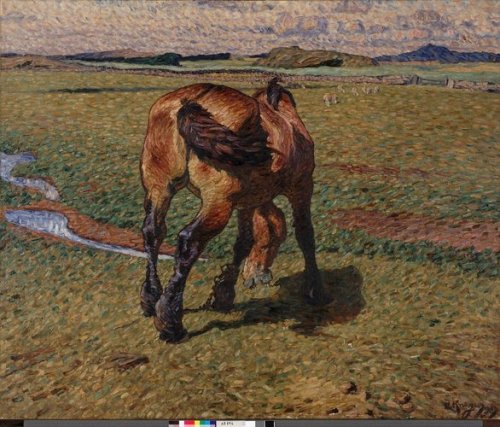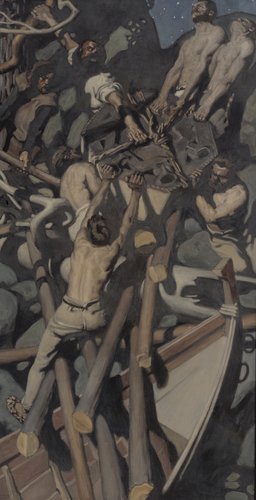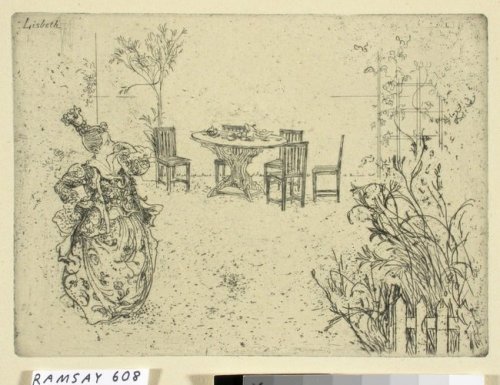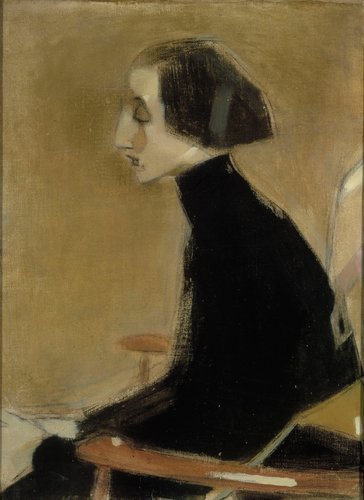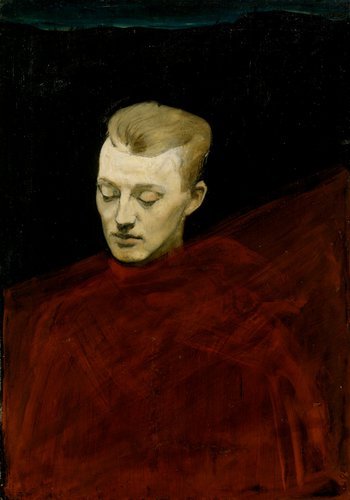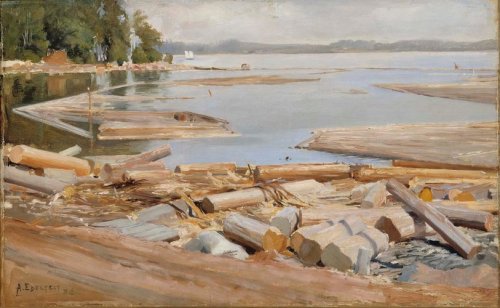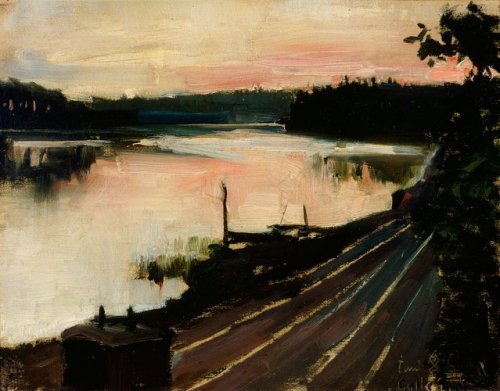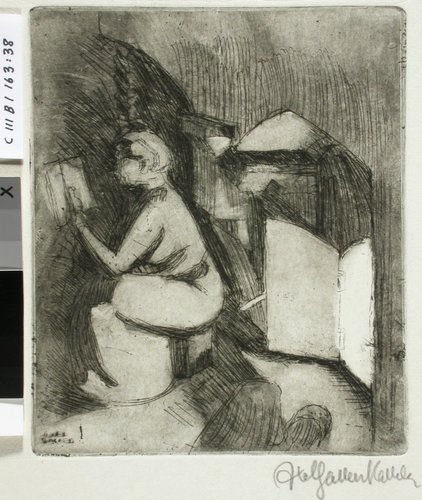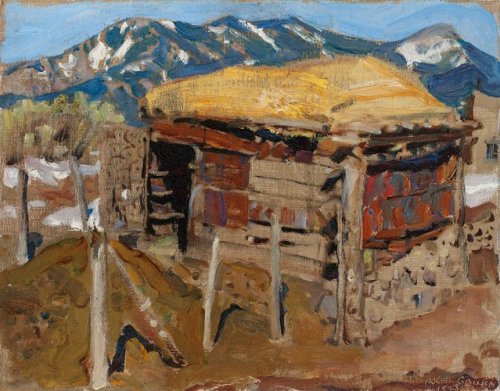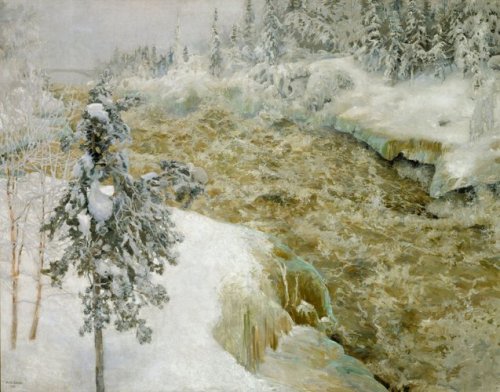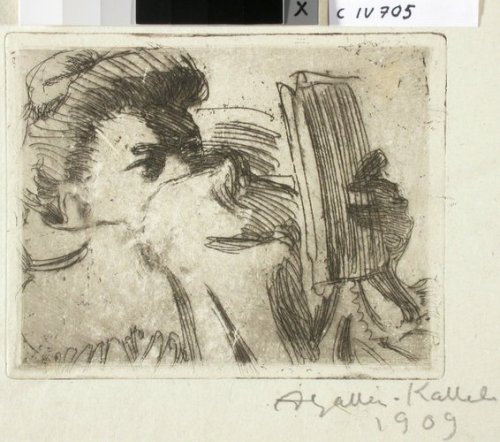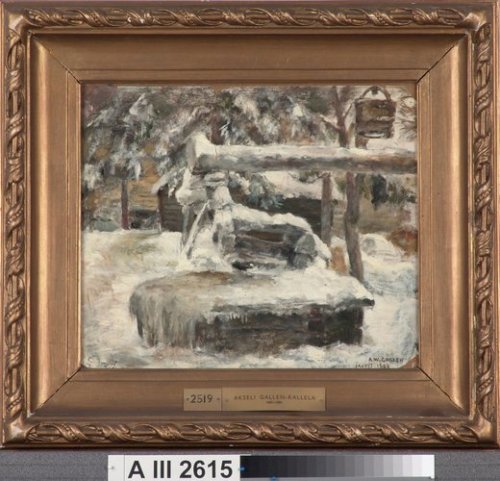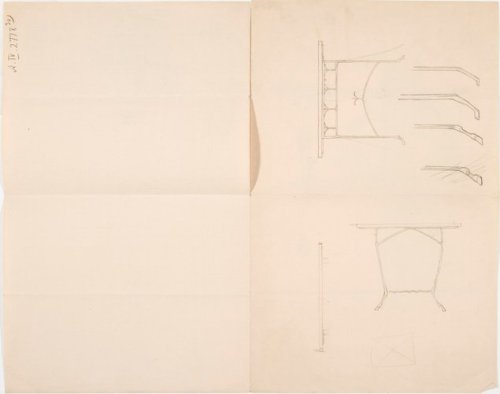#finnishnationalgallery
Final Ballad, Henri de Toulouse-Lautrec, 1893,Finnish National Gallery
http://kokoelmat.fng.fi/app?si=C+III+B+II+227
Post link
Martina mit dem Frühstück, Carl Larsson, 1904,Finnish National Gallery
http://kokoelmat.fng.fi/app?si=RAMSAY+610
Post link
Lisbeth spelar teater, Carl Larsson, 1909,Finnish National Gallery
Lisbeth, taiteilijan vanhin tytär, s. 1891
http://kokoelmat.fng.fi/app?si=RAMSAY+608
Post link
Despair, study for the “By the River of Tuonela”, Jusélius Mausoleum, Akseli Gallen-Kallela, 1903,Finnish National Gallery
Post link
Despair, study for the “By the River of Tuonela”, Jusélius Mausoleum, Akseli Gallen-Kallela, 1903,Finnish National Gallery
Post link
The Seamstress, Half-Length Portrait (The Working Woman), Helene Schjerfbeck, 1927,Finnish National Gallery
The art dealer Gösta Stenman had first met Helene Schjerfbeck in 1913. He was to act as her advisor, arrange exhibitions for her and support her financially by purchasing her works. Once when she lacked a model, he proposed that she should paint a new version of her 1905 Seamstress, which he considered her finest work to date. This 1927 version of The Seamstress is a half-length portrait, as if a close-up of the original, but simpler and more stylized in approach. The outlines are brought out more, using thin black paint, and this second version is less soft than the first. Schjerfbeck often painted copies of printed pictures. She found such work relaxing, but on the other hand felt it was strange to return to the techniques in her youth. Stenman was pleased with this second Seamstress and commissioned more new versions, including new renderings of The Convalescent, Shadow on the Wall and many other youthful works.
Post link
Log Raft, Albert Edelfelt, 1886,Finnish National Gallery
Finnish artists had different views as to the questions arising from an industrializing society. Unlike Akseli Gallen-Kallela, a proponent of a mythical Finnish identity, Albert Edelfelt was a modern artist of his time, and the signs of the industrializing society can often be seen in the background of his works: modern ships and factory chimneys. This work places “utility society”, the raw materials of wood processing industry, in the central role.
Post link
Nunnia ja ristinkantaja, Maurice Denis,Finnish National Gallery
http://kokoelmat.fng.fi/app?si=C+III+B+II+130
Post link
Portrait of a Woman, Akseli Gallen-Kallela, 19??,Finnish National Gallery
http://kokoelmat.fng.fi/app?si=A-1995-98
Post link
View from Eläintarha at Sunset, Akseli Gallen-Kallela, 1886,Finnish National Gallery
http://kokoelmat.fng.fi/app?si=A+III+1725
Post link
Vid brasan, Akseli Gallen-Kallela, 1918,Finnish National Gallery
http://kokoelmat.fng.fi/app?si=C+III+B+I+163%3A38
Post link
Shed in the Taos Mountains, Akseli Gallen-Kallela, 1925,Finnish National Gallery
http://kokoelmat.fng.fi/app?si=A+III+2162
Post link
Turku Cathedral, Akseli Gallen-Kallela, 19??,Finnish National Gallery
http://kokoelmat.fng.fi/app?si=A+III+2089
Post link
Imatra Falls in Snow ; Imatra in Winter, Akseli Gallen-Kallela, 1893,Finnish National Gallery
In the end of the 19th century, the Imatrankoski rapids were a fashionable tourist resort, attracting visitors even from abroad. As the tourist flow increased, the mighty natural rapids also attracted various services, such as the ropeway. A party was arranged at the hotel by the rapids during the Celebration of the Epiphany in 1893, with popular artists painting the rapids with the guests following their progress. The culmination of the evening was the turning on of the great floodlights, or the “miracle of Aladdin’s magic lamp”, as one of the witnesses described the event. The rapids were steaming red and green in the alternating electric light, as the viewers screamed in excitement. Akseli Gallen-Kallela later painted the rapids in peace. In this painting, only the bridge in the distance bears witness to the presence of the masses.
http://kokoelmat.fng.fi/app?si=A+I+576
Post link
Title Vinjett for Chapter 1, Akseli Gallen-Kallela, 1906,Finnish National Gallery
http://kokoelmat.fng.fi/app?si=A+III+1924%3A8
Post link
Kullervos förbannelse, Akseli Gallen-Kallela, 19??,Finnish National Gallery
http://kokoelmat.fng.fi/app?si=C+III+B+I+163%3A3
Post link
Building, Akseli Gallen-Kallela, 1903,Finnish National Gallery
http://kokoelmat.fng.fi/app?si=A+II+864
Post link
Lukeva nainen, Akseli Gallen-Kallela, 1909,Finnish National Gallery
http://kokoelmat.fng.fi/app?si=C+IV+705
Post link
Light behind the Clouds, Akseli Gallen-Kallela, 19??,Finnish National Gallery
http://kokoelmat.fng.fi/app?si=A+II+1139
Post link
Eliel Aspelinin exlibris I (pienempi muunnos), Akseli Gallen-Kallela, 1897,Finnish National Gallery
http://kokoelmat.fng.fi/app?si=C+IV+700
Post link
Luminen pihamaa, Akseli Gallen-Kallela, 19??,Finnish National Gallery
http://kokoelmat.fng.fi/app?si=A+III+2615
Post link
Neljä balleriinaa ja muita tanssijoita, harjoitelmia, Akseli Gallen-Kallela,Finnish National Gallery
http://kokoelmat.fng.fi/app?si=A+IV+2778%3A22
Post link
Ornamentaalisia kukka-aiheita, harjoitelmia, Akseli Gallen-Kallela,Finnish National Gallery
http://kokoelmat.fng.fi/app?si=A+IV+2778%3A31
Post link


